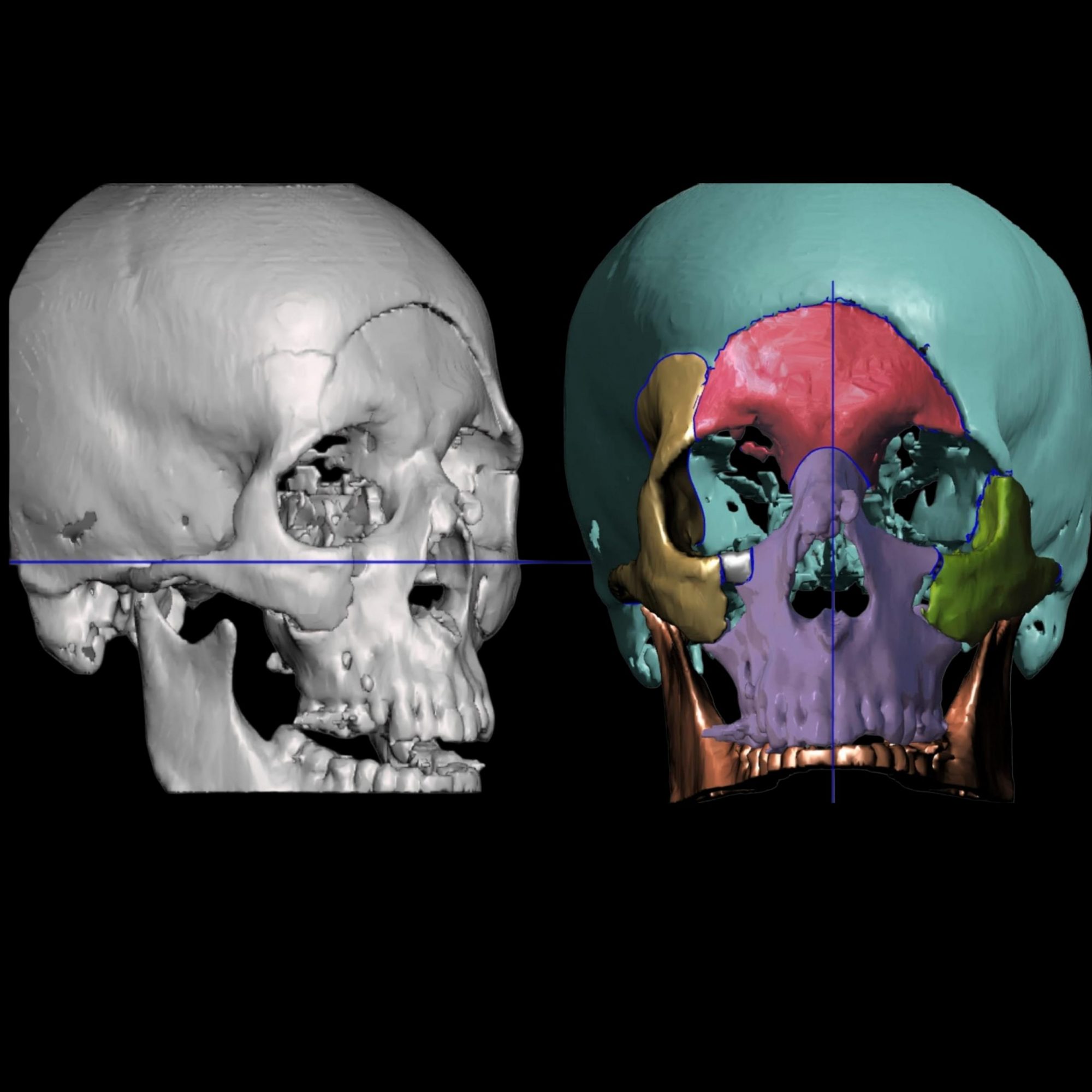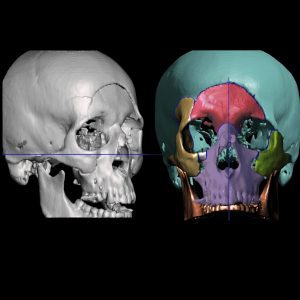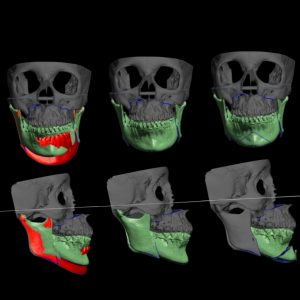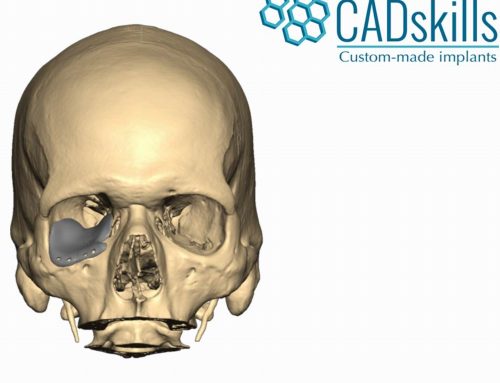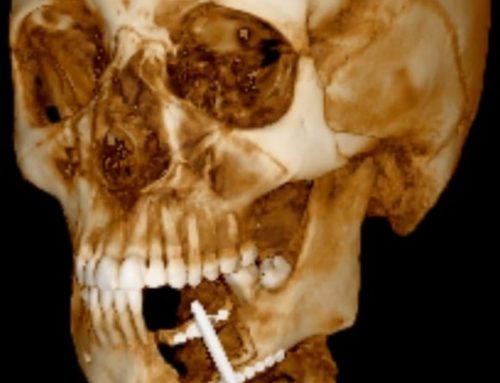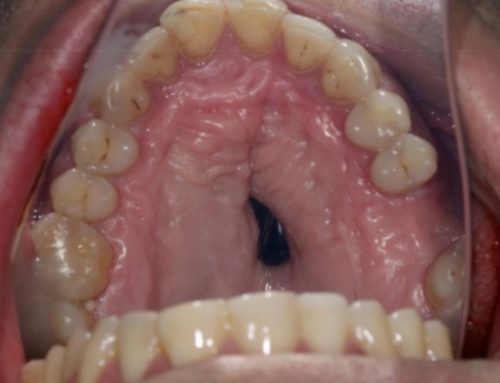We are pleased to inform the public that our center, in collaboration with Ex Machina 3D Medical Modeling, provides the possibility of In-house 3D Virtual Planning for maxillofacial surgeries regarding:
- Placement of implants in severely atrophic jaws.
- Virtual fracture reduction and osteosynthesis preparation in printed models.
- Virtual planning of orthognathic cases and creation of surgical guides and splints.
The adoption of in-house 3D virtual planning for facial surgery is transforming the practice of oral and maxillofacial surgery (OMFS). As the demand for precision and better aesthetic results increases, 3D technologies have become indispensable tools for surgeons in dealing with complex facial anatomy.
3D design combined with 3D printing, a key aspect of the 4th industrial revolution, enables the rapid production of complex structures, facilitating customized solutions for various clinical needs.This innovation has revolutionized dental implant placement, orthognathic surgery, treatment of personal skull fractures, joint replacement therapy and immediate jaw repair in oncology patients, enhancing the precision and effectiveness of treatment plans.
The ability to virtually plan and plan surgical procedures has many advantages, including:
- Greater accuracy in results
- Reduction of surgery time
- Reduction of hospitalization time
- Faster recovery
- Immediate restoration of the oromandibular system
- Better aesthetic results
In addition, preoperative imaging, especially through CT and CBCT (Cone Beam Computed Tomography), has become the cornerstone for developing accurate treatment plans and guiding surgeons during procedures.
Patients also benefit from preoperative imaging and virtual planning as they gain a better understanding of the procedure, risks, and outcomes. This promotes a more streamlined workflow, allowing surgeons to push the boundaries of the field and optimize clinical outcomes.
The increasing application of these technologies in OMFS is reshaping the future of surgical planning and treatment, paving the way for better precision, patient outcomes, and overall surgical success.

